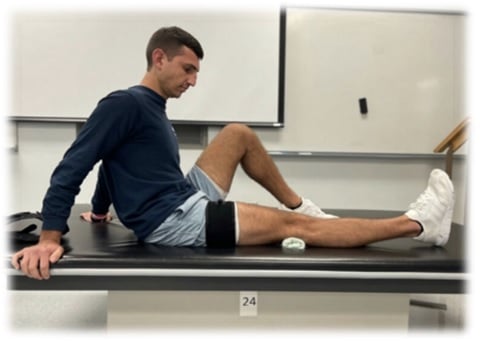Living with osteoarthritis doesn’t mean you have to live in constant pain. Understanding the condition and making the right lifestyle adjustments can help reduce discomfort, slow disease progression, and improve your quality of life. By avoiding harmful habits and incorporating proper exercises, you can stay active and maintain your mobility.
What to Avoid to Slow the Progression of Osteoarthritis
-
High-impact sports Avoid sports or exercises that involve repetitive jumping or heavy impact, such as football, basketball, tennis, marathon running, or high-intensity aerobic workouts. These activities can worsen joint pain and lead to further joint damage.
-
Lifting heavy objects Lifting heavy weights puts extra pressure on already damaged joints, worsening pain and potentially causing long-term damage. When lifting is necessary, use proper techniques or ask for assistance.
-
Maintaining certain body positions for prolonged periods Avoid sitting or staying in the same posture for extended periods, such as squatting, sitting cross-legged, kneeling, or standing/walking for a long period on hard surfaces. Change positions frequently to reduce unnecessary joint strain.
-
Excess weight Being overweight significantly increases stress on weight-bearing joints, especially the knees, hips, and spine, accelerating joint degeneration.
-
Wearing high heels High heels increase the load on the knees. Limit heel height to under 2 inches and reduce the amount of time spent wearing high heels to protect joint health.
Exercises That Help Prevent or Slow Down Osteoarthritis and Relieve Pain
Proper exercise can strengthen the muscles around the joints, improve range of motion, and enhance balance. It also helps reduce pain and improves overall function. An ideal exercise plan should include flexibility, strength training, and aerobic exercises. Consult with your doctor or physical therapist to develop a safe, personalized program.
- Mobility and range of motion exercises Gentle stretching improves joint flexibility and reduces stiffness. Movements should be slow and controlled; never force a stretch to the point of pain. Examples include:
- Inner leg stretch
- Hip and lower back stretch
- Muscle strength training Low-impact strength training helps build muscles that support and stabilize the joints. Use your body weight, resistance bands, or light weights. Aim for strength training 2–3 times per week.
- Aerobic exercise Low-impact activities such as walking, swimming, cycling, or using an elliptical trainer improve cardiovascular health and help with weight management. Aim to do aerobics at least 30 minutes a day, 4 times per week.
- Isometric quadriceps exercises for knee osteoarthritis
Isometric quadriceps exercises involve contracting the thigh muscles (quadriceps) without moving the knee joint. They are ideal for patients with knee pain from osteoarthritis or those recovering from knee replacement surgery. Strengthening these muscles helps stabilize the knee joint, prevent muscle loss, and reduce the risk of knee injuries.

How to perform isometric quadriceps exercises:
- Lie on your back and bend the unaffected knee to 90 degrees or place a rolled towel under the affected knee.
- Tighten your thigh muscle by pressing the knee downward into the towel or contracting the quadriceps.
- Hold for 5–10 seconds.
- Relax and rest briefly.
- Repeat 10–15 times per set; perform 2–3 sets per session.
At the Bumrungrad Advanced Arthritis & Arthroplasty Center, our team of orthopedic specialists and physical therapists designs personalized, safe, and effective exercise programs tailored to each patient’s condition, helping them prevent injury, reduce pain, and return to an active, fulfilling life.
Reviewed by : Dr. Pakpoom Somrak
For more information please contact:
Last modify: August 07, 2025